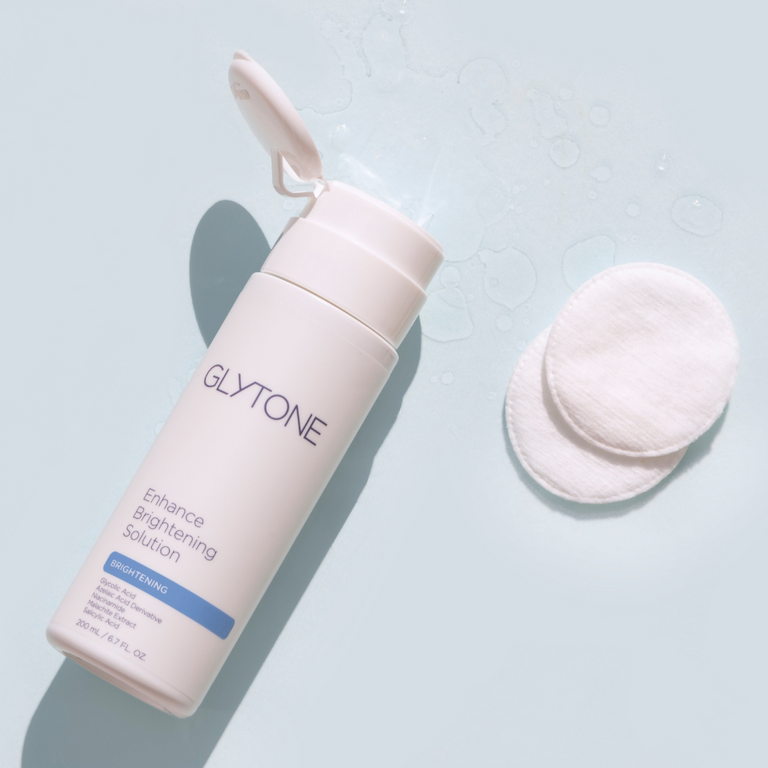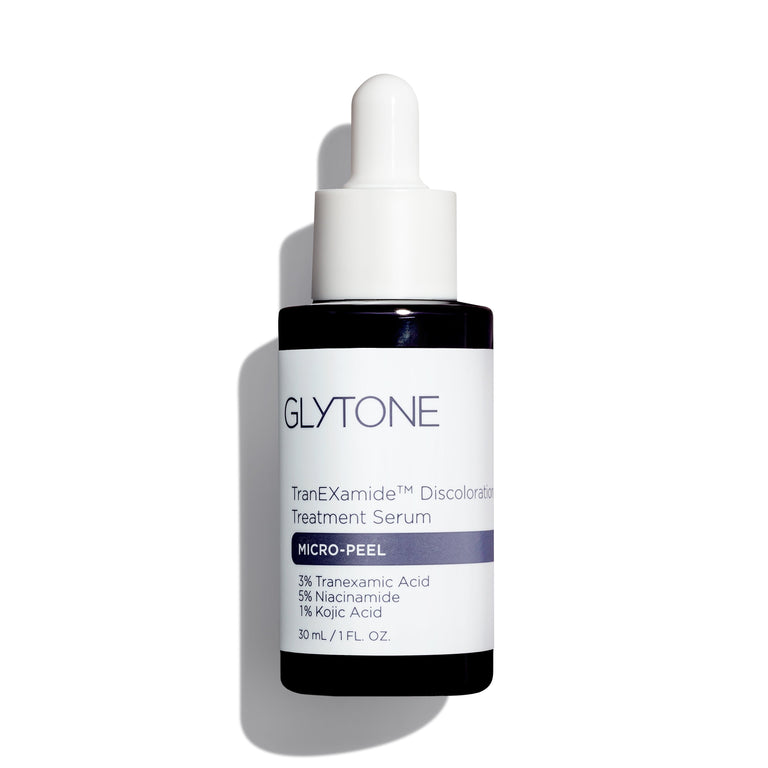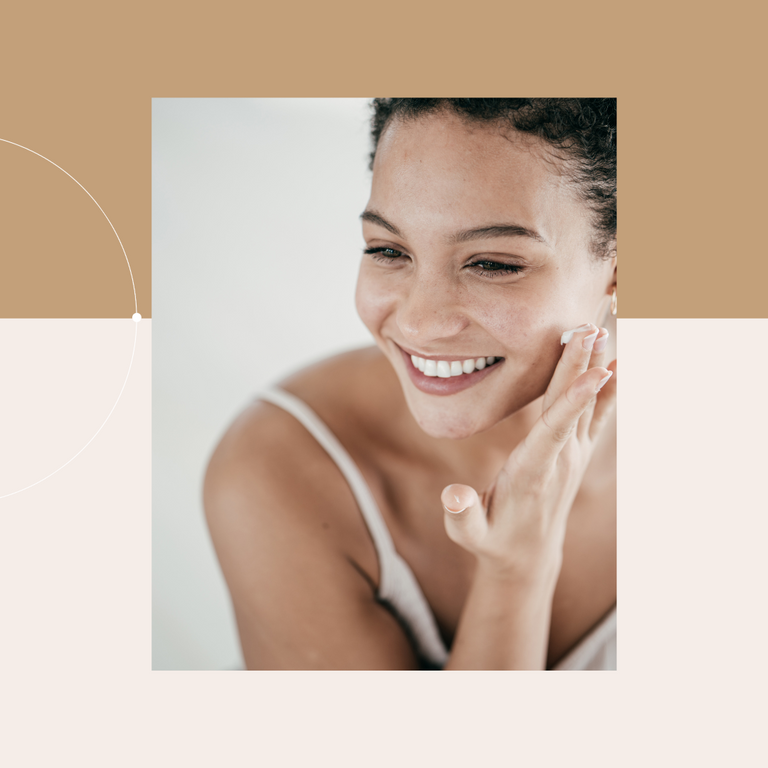If you’ve noticed some dark spots or discolouration appear on your face—or anywhere, really—then you may be experiencing hyperpigmentation or melasma. They are both completely natural, harmless and very common, so they’re nothing to worry about. But, many of us strive for clear skin so want to do something about these spots, especially if new ones keep forming.
But what is the difference between the two? Essentially, hyperpigmentation is the name given to the skin condition that sees dark spots and patches form on the surface of the skin that look darker than your overall skin tone. There are three main types, and melasma is one of these. The main types are:
- Melasma
- Sunspots
- Post-inflammatory hyperpigmentation
Here at Face Dr, our team of experts have helped thousands of clients find the right products and skincare routine to lighten their dark spots, brighten their complexion and get that clear glowing skin we all dream of. Want to skip the research and find out what you can do about hyperpigmentation right away? We offer free online skincare consultations where you can do just that.

What causes melasma and hyperpigmentation?
The main difference between melasma and hyperpigmentation is the trigger. All types of hyperpigmentation are caused by an excess of melanin, which is the natural pigment our bodies make to give skin, hair and eyes their colour. But what triggers this excess melanin varies between the types of hyperpigmentation.
Melasma is thought to be caused by hormone changes. This could be from hormonal contraceptives, hormone treatments or from pregnancy. In fact, melasma is so common in pregnant women that it’s been given the nickname “the mask of pregnancy.”
Other types of hyperpigmentation, on the other hand, are caused by different triggers. Sunspots are caused by sun exposure and post-inflammatory hyperpigmentation is caused by skin conditions like acne or eczema or from cuts and burns.
What do melasma and hyperpigmentation look like?
When it comes to appearance, melasma and hyperpigmentation can look similar. They both appear as dark spots or patches of discolouration that stand out against your usual skin tone. While sunspots and post-inflammatory hyperpigmentation appear as small spots, like freckles, melasma can form in larger patches and blotches.
Every type of hyperpigmentation can form anywhere on the body, but you’ll most often see it on the face. Melasma usually pops up on the forehead, chin and upper lip. Sunspots appear wherever there’s been excess sun exposure—usually the face, chest and hands—and post-inflammatory hyperpigmentation appears wherever there’s been a cut, wound, acne or eczema flare up.

What treatments are there for melasma and hyperpigmentation?
Luckily, if you don’t like the look of your hyperpigmentation, you don’t have to live with it. There are plenty of treatments out there for all types, including melasma.
Melasma is, unfortunately, harder to treat than sunspots and post-inflammatory hyperpigmentation. This is because of the hormonal underlying cause that’s harder to fix. Pregnant women often notice that their melasma clears up or gets lighter once they’ve given birth, so it may be worth waiting this out.
For those who aren’t pregnant but are on a form of hormonal birth control, it may be worth looking into other non-hormonal options in case this is the cause.
Aside from these hormonal changes, the treatments are similar for all types of hyperpigmentation. These include:
- Over-the-counter products like lightening creams, serums and exfoliators
- Laser therapy or Intense Pulsed Light (IPL)
- Chemical peels
- Microdermabrasion
Which treatment is best for you will all depend on not only the type of hyperpigmentation you have, but also how deep the discolouration is and your skin tone and type. So, it’s always worth getting an expert opinion to help find the best option.
For melasma, check out:
Face Dr top pick:
You could also try:
For other types of hyperpigmentation, the three products above all work for sunspots and other dark spots but you can also try:
- Kiehl’s Clearly Corrective Dark Spot Solution
- Dr Dennis Gross Skincare Alpha Beta Universal Daily Peel Treatment
Though it varies from person to person, there is some evidence that shows that laser treatments may be more effective for melasma whereas peels and microdermabrasion offer the best results for other types of dark spots.
One thing that stays the same no matter what, the importance of sunscreen. All types of hyperpigmentation are made worse by the sun, as this triggers extra melanin to be produced which can cause more dark spots to form or existing dark spots to get even darker. So, be sure to wear a broad-spectrum sunscreen with at least a SPF of 30 all year long.
Want an expert diagnosis?

Figuring out if your dark spots are melasma or sunspots can be tricky. But, here at Face Dr, we have skin experts who have years of experience doing just that. They’ve helped our clients find out exactly what type of hyperpigmentation they have and, most importantly, what they can do about it.
You can book a free online skincare consultation with one of our experts. In just 30 minutes, they can analyse your skin over a video call and recommend the best ingredients, products and routines to help tackle your hyperpigmentation.
Whether you’re looking into at-home products or in-clinic treatments, our team can help you decide what’s best for you and your skin.





